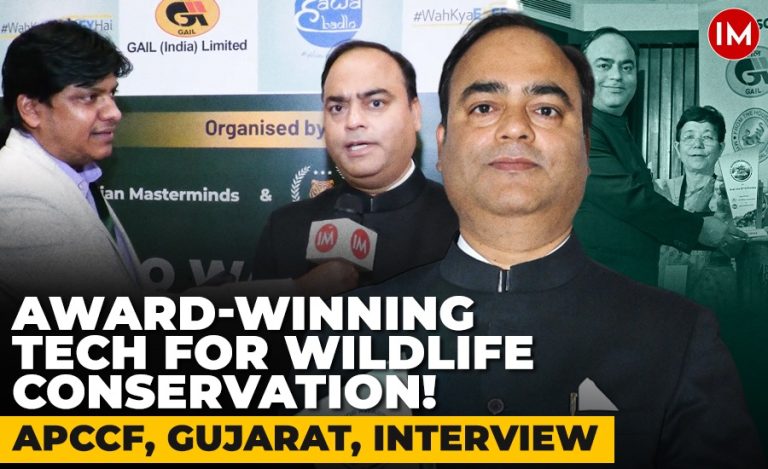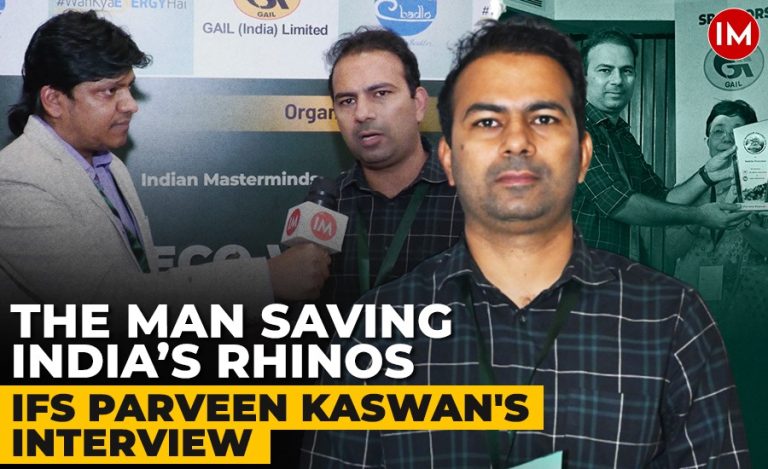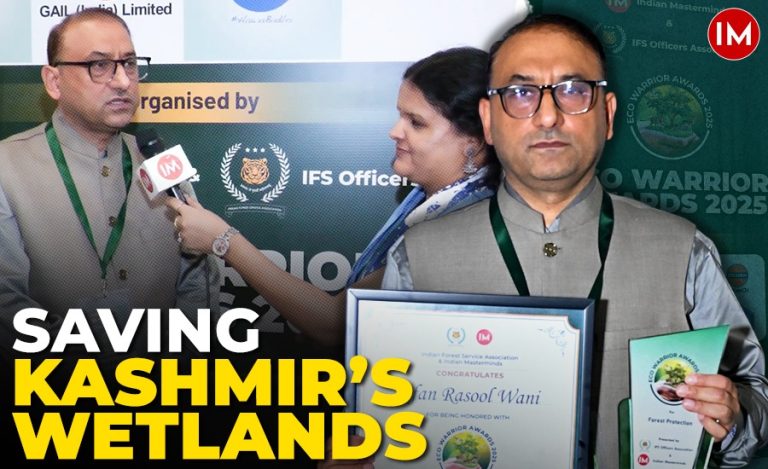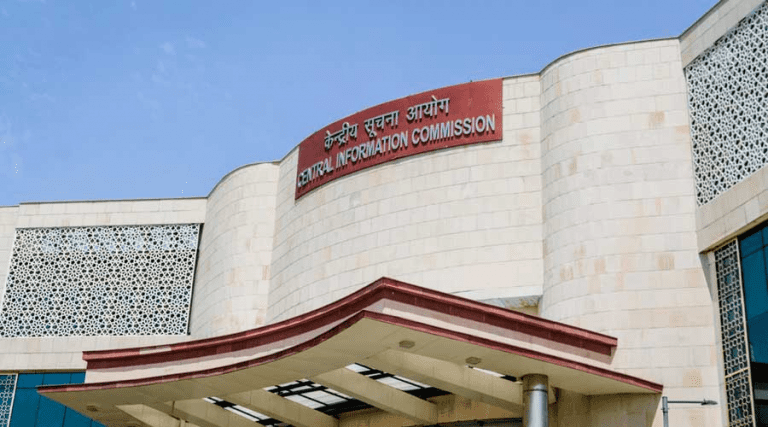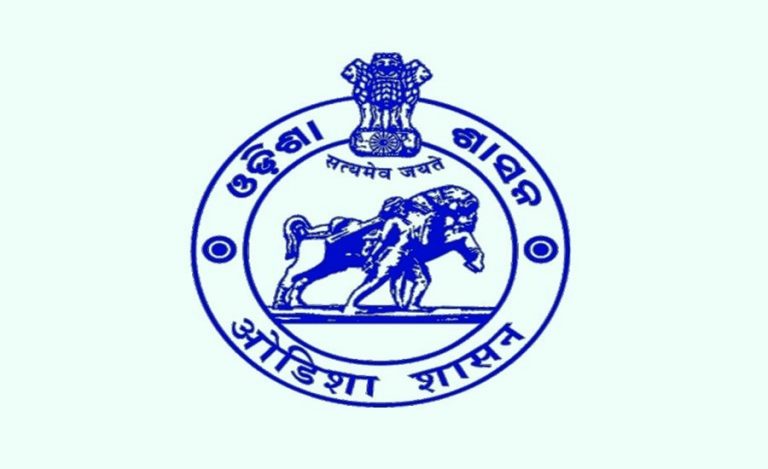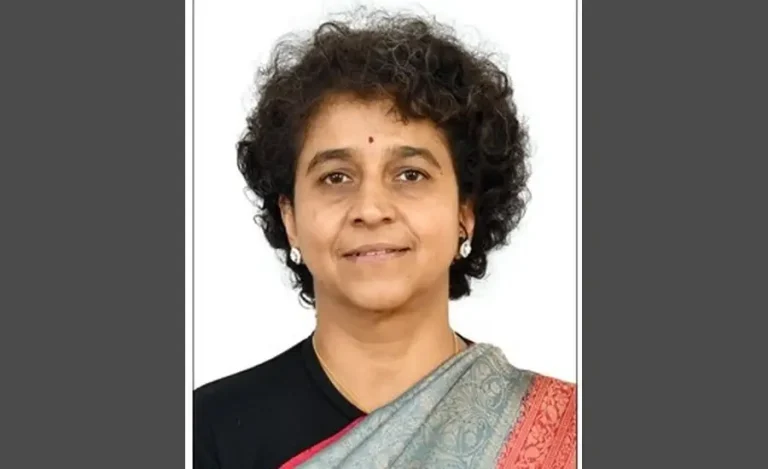On the 74th Independence Day in 2020, India’s Prime Minister launched “Project Dolphin,” an ambitious initiative aimed at conserving the country’s marine and riverine dolphins. This project represents a critical step in protecting these iconic species, which serve as vital indicators of the health of aquatic ecosystems.
Strategic Actions and Early Progress
Since its launch, Project Dolphin has made notable progress. Key states such as Assam, Rajasthan, Madhya Pradesh, Punjab, and the Union Territory of Lakshadweep have identified crucial dolphin habitats, which are now focal points for conservation efforts. These regions are the starting point for a comprehensive strategy that includes species protection, habitat improvement, monitoring, patrolling, and awareness programs. The Ministry of Environment, Forest, and Climate Change (MoEFCC) has allocated significant funds to support these initiatives, ensuring that they are sustainable and effective.
A long-term action plan (2022-2047) has been finalized, setting the direction for the next 25 years of conservation work. This plan includes research, habitat restoration, and community engagement. A Joint Committee for Scientific Research on Dolphins has been established to oversee and guide the scientific aspects of the project. The population of riverine dolphins has been thoroughly assessed, with the findings soon to be released, providing critical data for ongoing and future conservation efforts.
Legal Strengthening and Institutional Support
Project Dolphin’s success relies not only on active conservation but also on strong legal and institutional support. In December 2022, an amendment to the Wildlife (Protection) Act, 1972, empowered the Indian Coast Guards with enhanced authority to combat illegal activities threatening dolphins. This legal backing is crucial for curbing poaching and other harmful practices.
The amendment also provided specific legal recognition for the Gangetic River Dolphin (Platanista gangetica) and the Indus River Dolphin (Platanista minor) as distinct species under Schedule I of the Act. This classification ensures that these species receive the highest level of protection. To further strengthen the project, the MoEFCC reconstituted the Project Dolphin Steering Committee, which has been vital in guiding the project’s implementation.
India’s commitment to dolphin conservation has also extended to the global stage. In October 2023, representatives from the project participated in discussions on the Global Declaration for River Dolphins in Bogota, Colombia. This international collaboration highlights India’s dedication to aligning with global conservation standards and benefiting from shared knowledge and expertise.
Community Engagement and Future Plans
The success of Project Dolphin depends heavily on the involvement of local communities. The project places a strong emphasis on working with fishermen and others who rely on rivers and oceans for their livelihoods. By offering alternative livelihood opportunities and integrating conservation with tourism, Project Dolphin aims to create a model where both people and dolphins can thrive. October 5th has been designated as “National Dolphin Day” to raise awareness about the importance of dolphin conservation.
Looking forward, one of the most promising initiatives is the planned dolphin breeding center for the Gangetic River dolphin in Bengal, along the Ganges River between Farakka and Gangasagar. This center is expected to play a critical role in increasing the population of this endangered species and ensuring its long-term survival.
Project Dolphin is a testament to India’s commitment to protecting its natural heritage. Through a combination of scientific research, legal protections, community involvement, and international collaboration, this project is setting the stage for a brighter future for India’s dolphins, ensuring that these magnificent creatures continue to thrive in the nation’s rivers and oceans.


